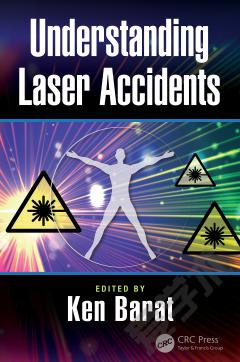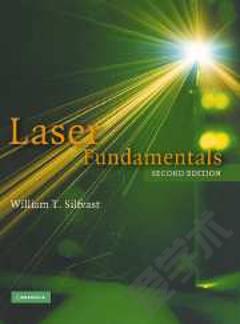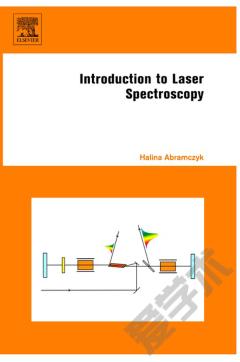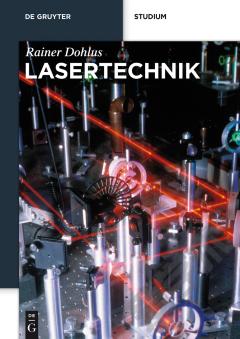Understanding Lasers
The expanded fourth edition of the book that offers an essential introduction to laser technology and the newest developments in the field The revised and updated fourth edition of Understanding Lasers offers an essential guide and introduction that explores how lasers work, what they do, and how they are applied in the real world. The author—a Fellow of The Optical Society—reviews the key concepts of physics and optics that are essential for understanding lasers and explains how lasers operate. The book also contains information on the optical accessories used with lasers. Written in non-technical terms, the book gives an overview of the wide-variety laser types and configurations. Understanding Lasers covers fiber, solid-state, excimer, helium-neon, carbon dioxide, free-electron lasers, and more. In addition, the book also explains concepts such as the difference between laser oscillation and amplification, the importance of laser gain, and tunable lasers. The updated fourth edition highlights the most recent research and development in the field. This important resource: Includes a new chapter on fiber lasers and amplifiers Reviews new topics on physics of optical fibers and fiber lasers, disk lasers, and Ytterbium lasers Contains new sections on Laser Geometry and Implications, Diode Laser Structures, Optimal Parametric Sources, and 3D Printing and Additive Manufacturing Puts the focus on research and emerging developments in areas such as spectroscopy, slow light, laser cooling, and extremely precise measurements Contains appendices, glossary, and index that help make this book a useful reference Written for engineering and physics students, engineers, scientists, and technicians, the fourth edition of Understanding Lasers contains the basic concepts of lasers and the most recent advances in the technology.
{{comment.content}}








 京公网安备 11010802027623号
京公网安备 11010802027623号